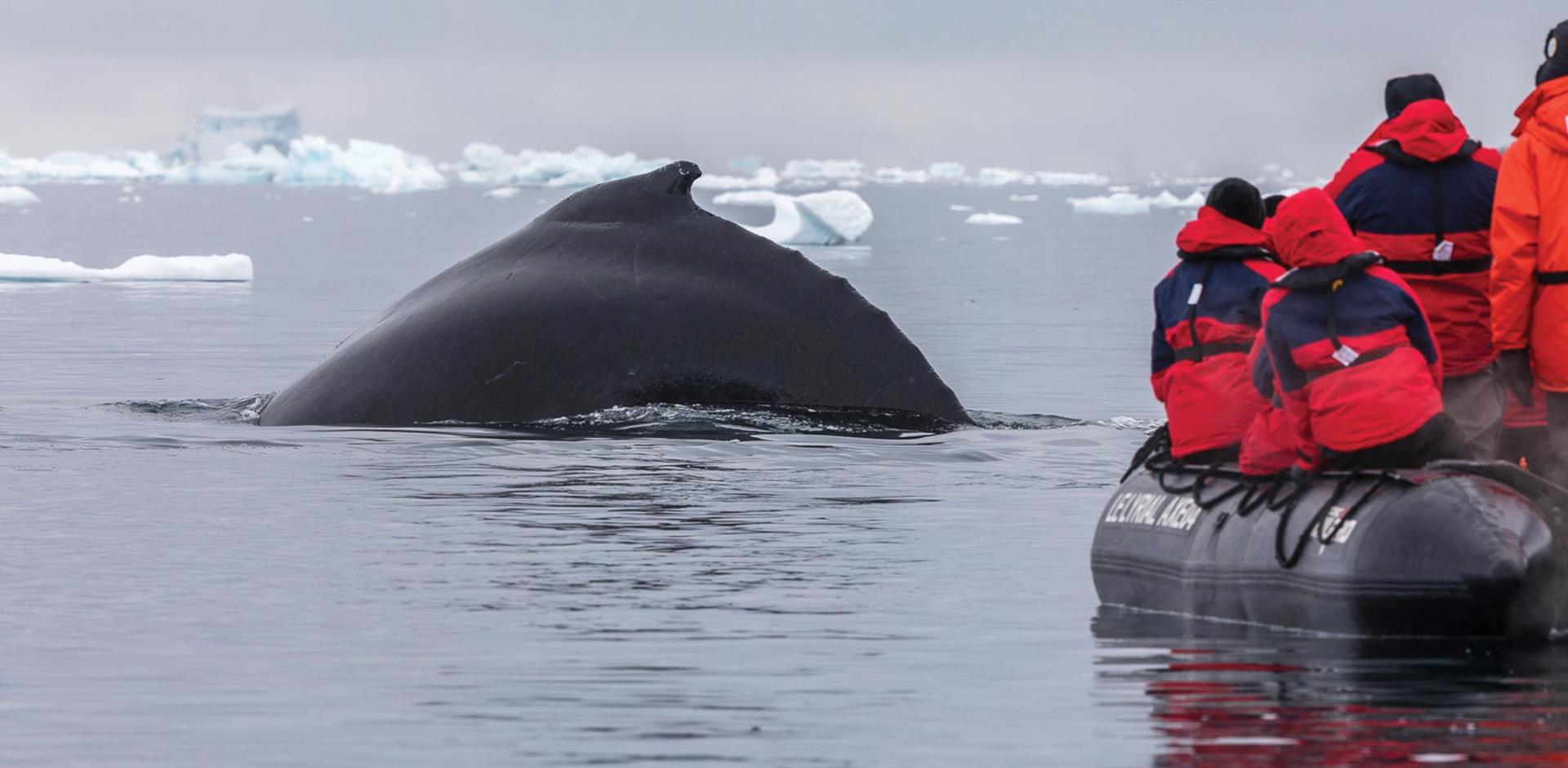Q3. Do you have any photography tips for my trip?
‘Le Lyrial’ has an on-board photographer and photo concession providing passenger photography services including digital photo services and on-board photography for purchase. An end-of-voyage commemorative DVD is also available for purchase at the conclusion of your voyage.
Photos and a diary depicting highlights of the cruise activities as the ship travels are posted on A&K’s website. Family and friends can check this “digital logbook” to follow the cruise and perhaps see you pictured on board or ashore at http://abercrombiekent.com/blog/ and select “trip logs”.
Generally photographers underestimate the number of photographs throughout the voyage. If shooting digital, bring plenty of memory, or bring a computer or some other storage device to periodically download images. Memory cards are not available on board and there is no film development facility on board.
If shooting film, bring at least one roll of film per day. Many photographers carry a third more rolls of film than the one-per-day rule of thumb.
The ideal lens depends on one's photographic style. In general, a telephoto zoom lens in the range of 70-300mm is the most useful lens. The second most useful focal length is 28-70mm. Wider lenses are practical for specialty shots only.
A UV filter reduces the amount of ultraviolet light photographed. This can reduce excessive violet and blue tones that some digital cameras produce in Antarctica. Keeping a UV filter on each lens also helps protect and keep your lenses clean. Another useful filter is a polarizing filter. A polarizer reduces haze and deepens the blue colors of the sky and water.
Flash is often useful to bring out colours. If your camera does not have built in flash, consider a small external flash unit. Remember to bring extra rechargeable batteries for the flash.
Battery life is greatly reduced in cold weather. Bring two sets of rechargeable batteries and a charger. During outings a set of spare batteries should be carried in an inside pocket to keep them as warm as possible.
Salt-spray, rain, and snow can disable a camera. If you have a small camera, attach it to a lanyard so you can carry it under your parka. It also helps to keep it in a waterproof bag when not taking pictures. If you have a larger camera, consider a specialized waterproof covering. A shower-cap can also protect a SLR body in misting rain. Also be sure to bring lens cleaning materials such as a micro-cloth.
A monopod can be helpful when using a telephoto lens. It can also do double-duty as a walking stick. Some photographers instead bring a tripod, but a tripod can limit your on-land mobility. Remember that all monopod and tripods need to be sterilized at that gangway before going ashore on any landing.
Extreme care should be used when photographing wildlife in order not to cause any disturbance to a single animal, or group of animals. Do not harass wildlife for the sake of photography. Approach slowly, leaving a distance of 15-20 feet from nesting seabirds. Maintain a distance of at 50 feet from wildlife. Remember, photography is not over when your shutter clicks. Retreat from your subject in the same way you approached.
Photography checklist (remember to keep within airline size and weight restrictions):

